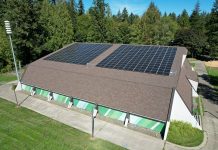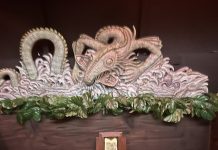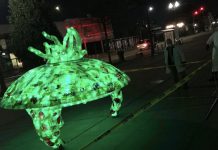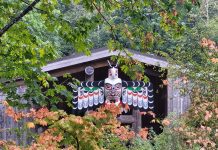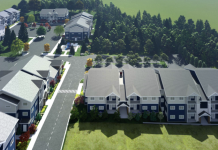Anyone who has ever even seen photos of Tacoma’s Stadium High School can easily see the “castle” has a story to tell. This is that story.
The home of the Tigers didn’t start out as a school, and its early days provide a snapshot of the city’s aspiration of grandeur.
The Northern Pacific Railroad Co. and Tacoma Land Co. wanted a luxury hotel overlooking the water as a way to show progress and wealth of the area as a way to promote the city as a boomtown on the rise. So in 1890, the companies financed the purchase of nine acres on a bluff overlooking the bustling waterfront and set out to do just that. The Philadelphia-based architectural firm of Hewitt and Hewitt won the bidding war for the project with a French Renaissance design that pulled features from castles and chateaus around France, specifically one on the Loire River just south of Paris.
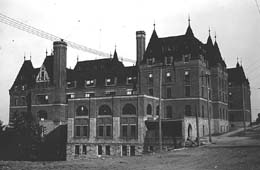
Construction of the hotel began the following year. The hotel would have no equal on the West Coast and serve as not only an iconic landmark for the city but as a cannon shot toward any other up-and-coming city with sights on challenging Tacoma’s ranking as a Pacific Northwest’s commercial hub.
The “Brown Castle” has walls that are five feet thick and a foundation that has steel beams hammered into solid bedrock. It was to be called the Olympian or the Tourist Hotel, but then disaster struck before a single guest checked into its lodgings. The financial crash of 1893 evaporated the wealth of the would-be hoteliers who became unable to continue the project. Construction simply stopped. The unfinished rooms that would have otherwise been furnished with aristocratic fineries were used to store lumber until the economy improved so work could continue. Then a fire of questionable origins in 1898 left much of the building damaged to the point that Northern Pacific abandoned the project altogether. Workers even removed some 70,000 bricks to use in train stations in Idaho and Montana. Those stations are still in use today.
Tacomans would have none of it. They wanted to save the building from further “salvaging” and set out to find solutions. Since Tacoma was growing and its current schools were overcrowded, the idea of turning the site into a high school emerged. A handful of school board members and officials toured the site in the morning and the brick removal ended that evening.
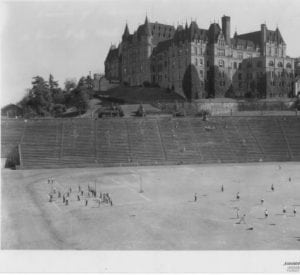
The district floated the high school idea to voters, since the $500,000 in estimated purchase-and-construction costs would require bond dollars. A special election in 1903 failed, however. But backers tried again the following year and finally swayed voters. Renovations began immediately under the architectural eyes of Fredrick Heath. At the time, Health was also working on the Pythian Temple, which shares design features with its high school sibling. Both buildings are noted as historical places alongside most of Health’s buildings, most noticeably Paradise Inn at Mount Rainier.
His work ranks among “some of the most notable and beautiful structures of the city,” according to historian Herbert Hunt’s account. The castle is the gem of his local collection.
What was originally called Tacoma High School opened on September 10, 1906. Some 878 students and 38 teachers arrived for school that first year. The school was renamed Stadium in 1913, after the Heath-designed sports arena that had been added in 1910. The “bowl” has been home to school and community events ever since, including a re-enactment of the burning of ancient Rome in 1911 that came complete with chariot races and gladiator fights. John Philip Sousa and Louis Armstrong performed in the Bowl. The voices of traveling dignitaries, including the likes of Babe Ruth, World War I Gen. John “Black Jack” Pershing and presidents Theodore Roosevelt, Woodrow Wilson and Warren Harding, also echoed through the stands.
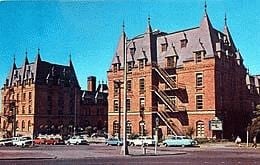
The 1,600-student school was the location for many of the scenes of the 1999 movie “10 Things I Hate About You” as well as the backdrop of countless promotional videos about the city. It was most recently renovated in 2005 and 2006 to not only bring the school up to current earthquake standards and expand for modern teaching methods but protect and restore its historical features.





